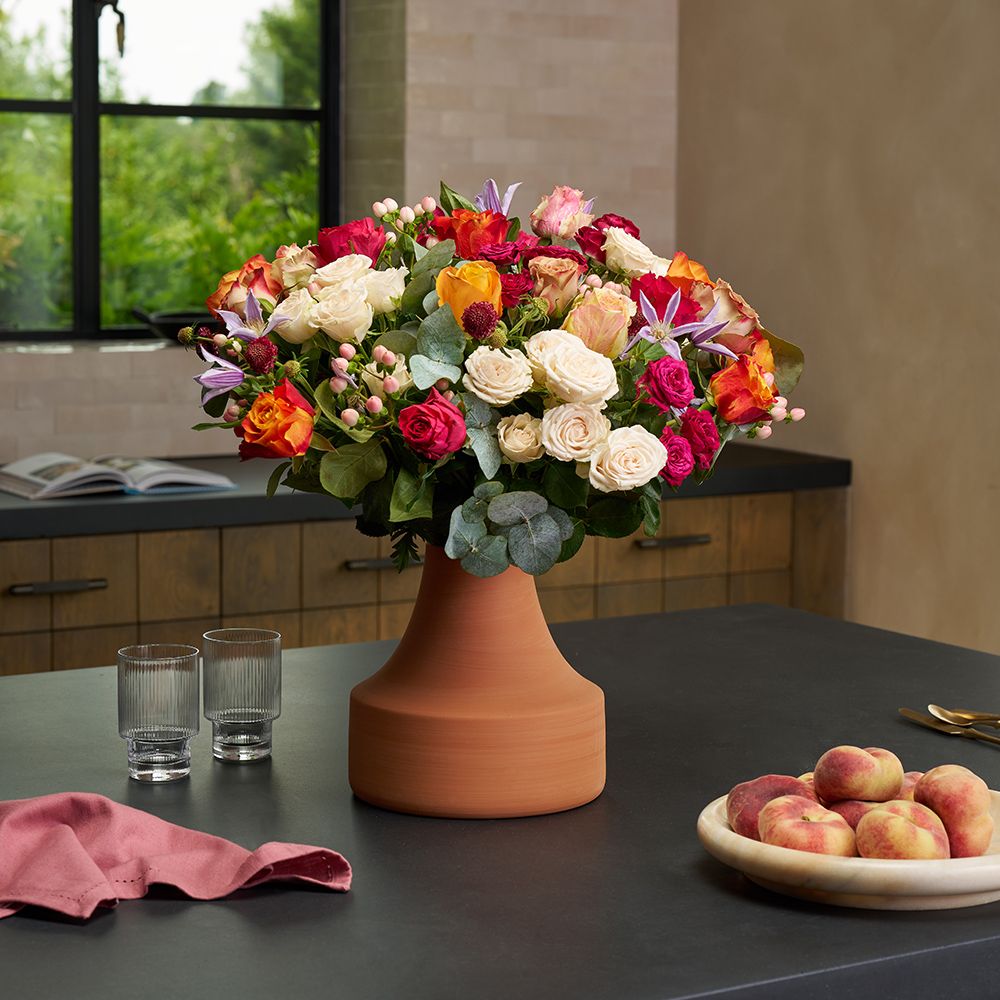

Loading...
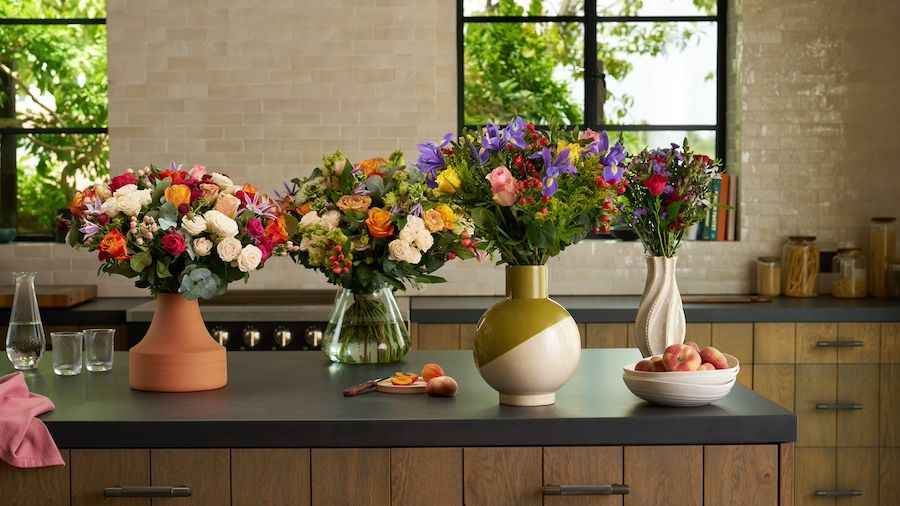

 Associated with fresh starts and cold winters, January is a month of strength and resilience, and nothing embodies this more than the flowers that bloom against the odds. January’s birth flowers are carnations and snowdrops, both of which grow in winter (despite carnations often being associated with the Summer months), and make for a joyful gift for a January birthday.
Associated with fresh starts and cold winters, January is a month of strength and resilience, and nothing embodies this more than the flowers that bloom against the odds. January’s birth flowers are carnations and snowdrops, both of which grow in winter (despite carnations often being associated with the Summer months), and make for a joyful gift for a January birthday.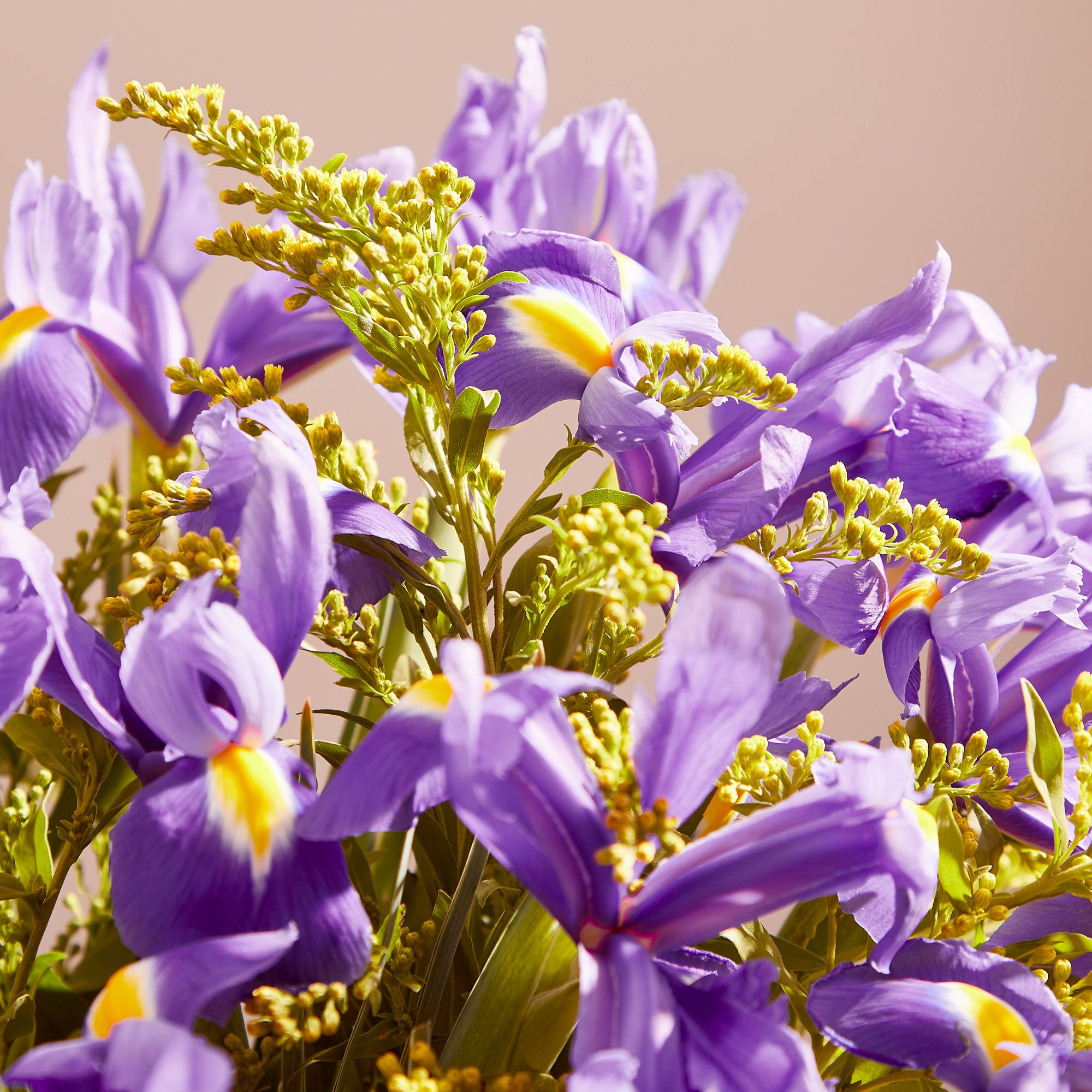
 After a long winter, the first days of Spring are a welcome sight, and so it’s little wonder than the birth flowers of March are classic seasonal favourites. Daffodils, often the first sign that Springtime has sprung, are also the primary March birth flower, and rightly so. Vibrant yellow, they bring a burst of sunshine after a long winter and as such are seen as symbols of hope and renewal. Fittingly, these sentiments also tie in perfectly with birthdays, making them a great gift for those born in March.
After a long winter, the first days of Spring are a welcome sight, and so it’s little wonder than the birth flowers of March are classic seasonal favourites. Daffodils, often the first sign that Springtime has sprung, are also the primary March birth flower, and rightly so. Vibrant yellow, they bring a burst of sunshine after a long winter and as such are seen as symbols of hope and renewal. Fittingly, these sentiments also tie in perfectly with birthdays, making them a great gift for those born in March.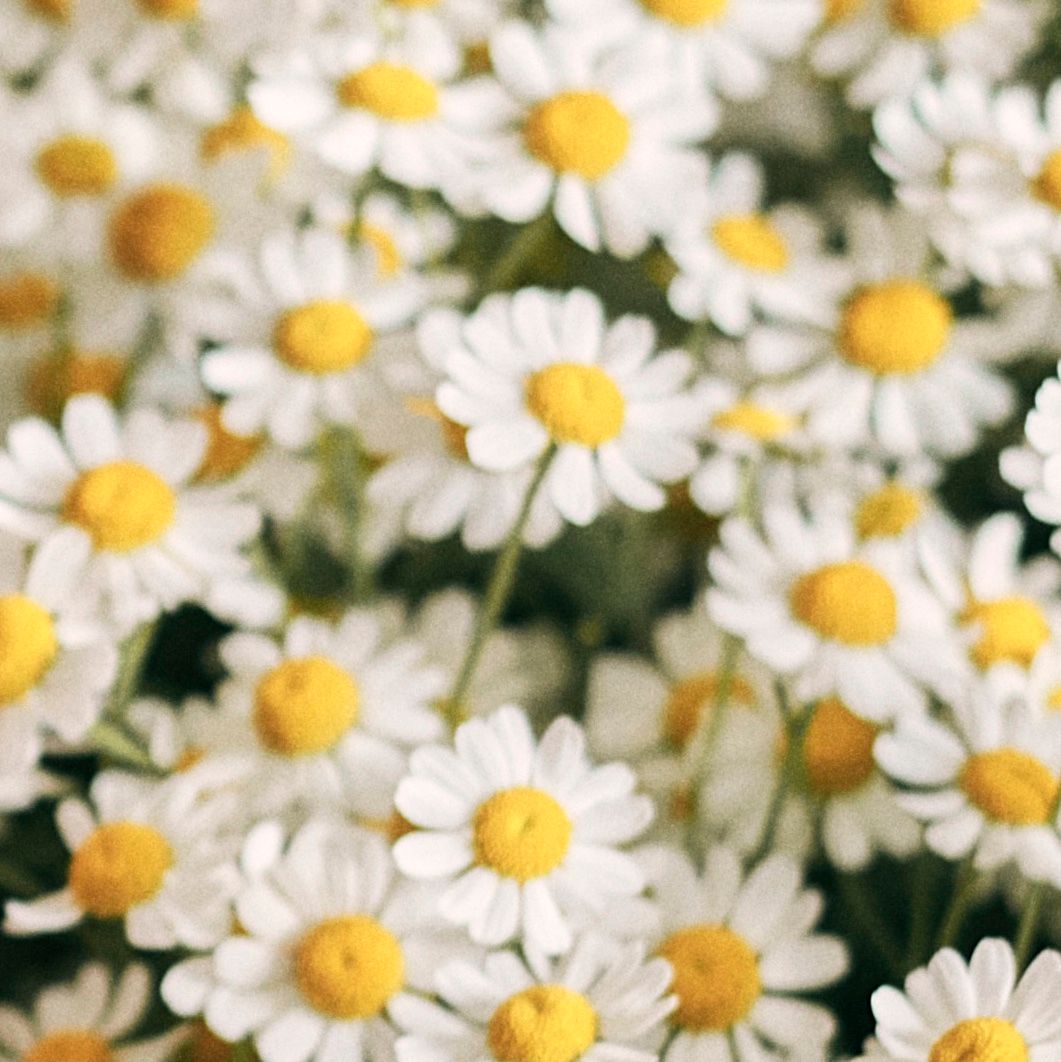 Those born in April are lucky to have one of the most widely recognised blooms as their birth flower: the classic daisy. This flower has been around for so many years that its origins are actually impossible to trace. It’s also grown all over the world, in so many different climates, that it’s one of the most well-known blooms. From daisy chains to the first days of Spring, this beloved flower has so many positive associations. In floriography, it also has myriad meanings, from new beginnings to innocence, motherhood to friendship, independence to romance.
Those born in April are lucky to have one of the most widely recognised blooms as their birth flower: the classic daisy. This flower has been around for so many years that its origins are actually impossible to trace. It’s also grown all over the world, in so many different climates, that it’s one of the most well-known blooms. From daisy chains to the first days of Spring, this beloved flower has so many positive associations. In floriography, it also has myriad meanings, from new beginnings to innocence, motherhood to friendship, independence to romance. 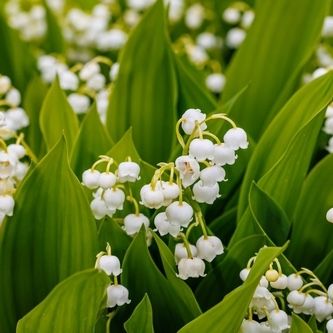 The May birth flower has both an historical and seasonal link. Lily of the valley, a delicate plant with dainty, white bell-shaped blooms, is a symbol of both Spring and good fortune and has long been associated with May Day celebrations across the world. In France, May Day is also known as La Fête du Muguet, or Lily of the Valley Day, in reference to this beautiful flower which is given as a gift to mark the occasion, a tradition started by King Charles IX.
The May birth flower has both an historical and seasonal link. Lily of the valley, a delicate plant with dainty, white bell-shaped blooms, is a symbol of both Spring and good fortune and has long been associated with May Day celebrations across the world. In France, May Day is also known as La Fête du Muguet, or Lily of the Valley Day, in reference to this beautiful flower which is given as a gift to mark the occasion, a tradition started by King Charles IX. 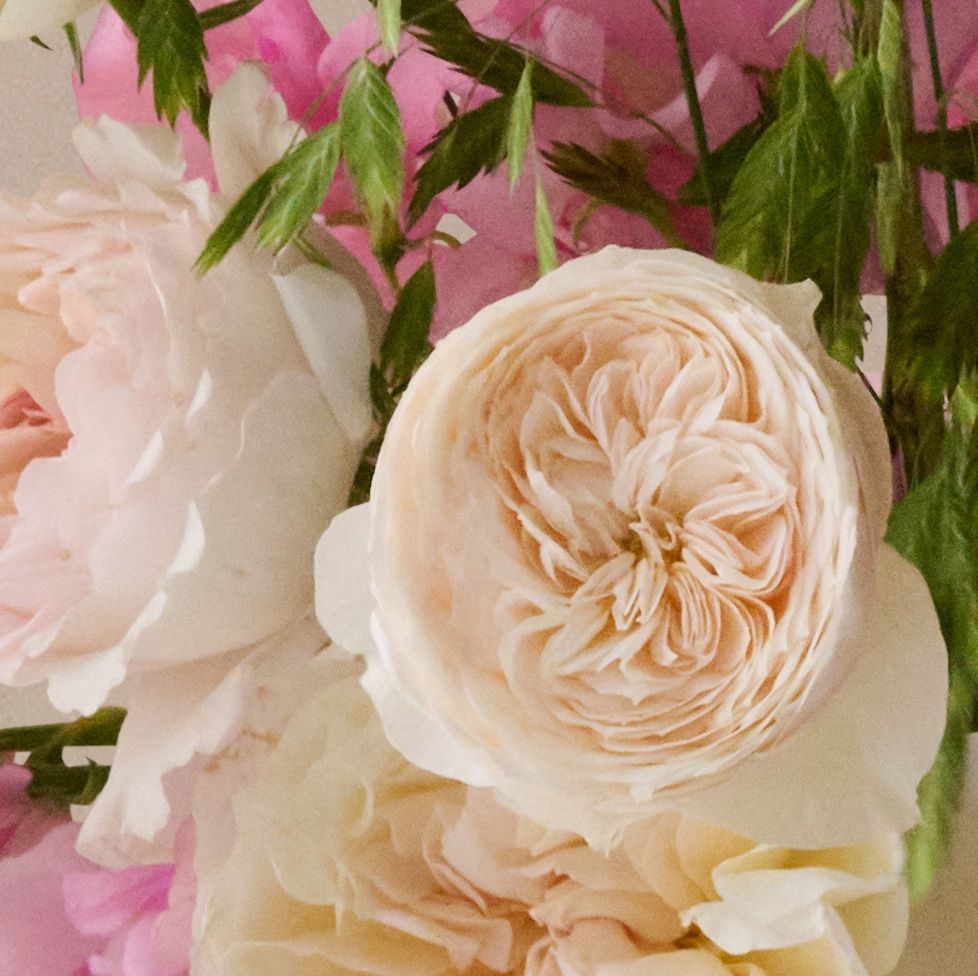 The start of Summer heralds the return of some much-loved seasonal blooms, and June babies are treated to two truly striking birth flowers. The first is a real classic: the rose. The international symbol of love flowers at the beginning of Summer and comes in a myriad of varieties and colours. Typically seen as a symbol of romance, this popular flower can also represent beauty, passion, remembrance and friendship depending on its colour. Read our complete guide to rose symbolism and care tips for more information about this popular bloom.
The start of Summer heralds the return of some much-loved seasonal blooms, and June babies are treated to two truly striking birth flowers. The first is a real classic: the rose. The international symbol of love flowers at the beginning of Summer and comes in a myriad of varieties and colours. Typically seen as a symbol of romance, this popular flower can also represent beauty, passion, remembrance and friendship depending on its colour. Read our complete guide to rose symbolism and care tips for more information about this popular bloom. Those born in July not only get to enjoy their celebrations during the height of Summer (British weather permitting), but also have two beautiful birth flowers dedicated to their month.
Those born in July not only get to enjoy their celebrations during the height of Summer (British weather permitting), but also have two beautiful birth flowers dedicated to their month.  August is when Summer reaches its apex, and the hot, heady days and easy-breezy feeling make it a great month for celebrating. If you have an August birthday, you also get to enjoy some of the classic Summer blooms as your birth flower.
August is when Summer reaches its apex, and the hot, heady days and easy-breezy feeling make it a great month for celebrating. If you have an August birthday, you also get to enjoy some of the classic Summer blooms as your birth flower.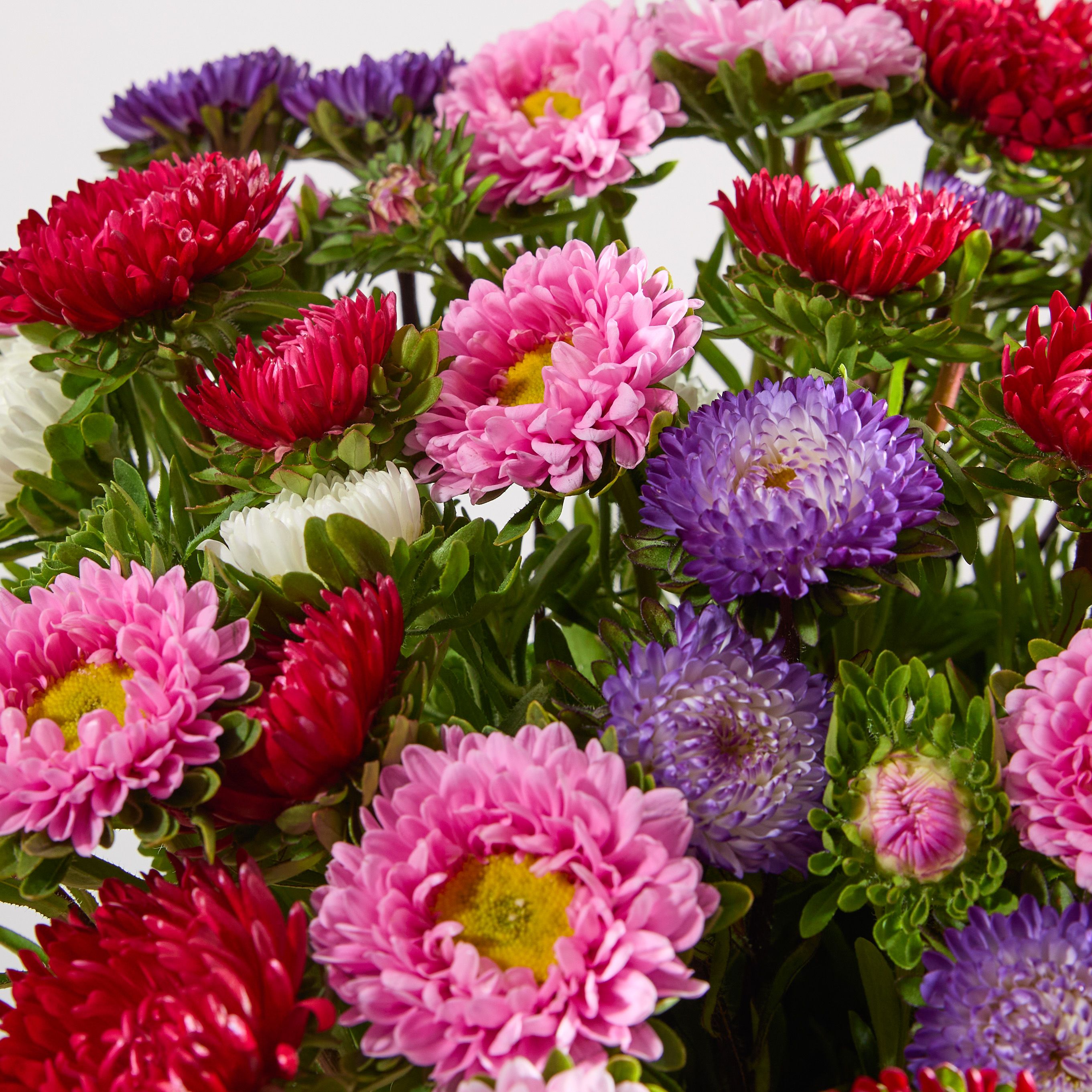 Bringing that back-to-school feeling no matter what age, the beginning of September can often feel like a fresh start, not least because it marks the transition into a new season. As Summer draws to a close and we look ahead to Autumn and cosy nights indoors, September brings with it feelings of warmth and optimism, sentiments that are echoed in the arrival of late-blooming flowers.
Bringing that back-to-school feeling no matter what age, the beginning of September can often feel like a fresh start, not least because it marks the transition into a new season. As Summer draws to a close and we look ahead to Autumn and cosy nights indoors, September brings with it feelings of warmth and optimism, sentiments that are echoed in the arrival of late-blooming flowers.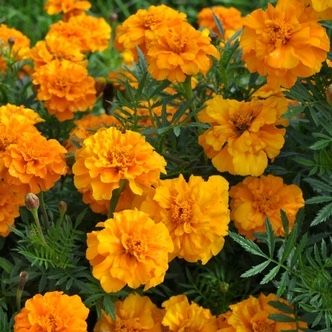 Crisp Autumn leaves, Halloween and pumpkins – October is the month of both cosiness and spookiness. In Mexico, it’s also the month of Día de los Muertos, or Day of the Dead, and it’s this that informs the October birth flower: the marigold. The golden bloom is used in garlands and to decorate alters during the festival, and are often associated with death and grief. However, they also bring light during the darkness, and represent beauty, creativity and warmth, making them an uplifting flower with which to mark a birthday.
Crisp Autumn leaves, Halloween and pumpkins – October is the month of both cosiness and spookiness. In Mexico, it’s also the month of Día de los Muertos, or Day of the Dead, and it’s this that informs the October birth flower: the marigold. The golden bloom is used in garlands and to decorate alters during the festival, and are often associated with death and grief. However, they also bring light during the darkness, and represent beauty, creativity and warmth, making them an uplifting flower with which to mark a birthday. In the month of Bonfire Night, it’s little wonder the November birth flower is such a spectacle. The chrysanthemum is a truly beautiful flower with abundant petals, sculptural shapes and a rainbow of colours. These blooms are so loved that they even have their own day dedicated to them in Japan, known as the Festival of Happiness. In the language of flowers, they represent friendship, honesty and loyalty, making them a touching gift for a November birthday.
In the month of Bonfire Night, it’s little wonder the November birth flower is such a spectacle. The chrysanthemum is a truly beautiful flower with abundant petals, sculptural shapes and a rainbow of colours. These blooms are so loved that they even have their own day dedicated to them in Japan, known as the Festival of Happiness. In the language of flowers, they represent friendship, honesty and loyalty, making them a touching gift for a November birthday. If you’re born in December, you’ll no doubt be used to sharing your birthday with the Christmas celebrations, and there’s no denying the festive influence on this month’s birth flower: holly. A shrub synonymous with the festivities due to its prominent roles in both Winter solstice and Christianity, this plant has long been associated with feelings of happiness, optimism, good fortune and peace.
If you’re born in December, you’ll no doubt be used to sharing your birthday with the Christmas celebrations, and there’s no denying the festive influence on this month’s birth flower: holly. A shrub synonymous with the festivities due to its prominent roles in both Winter solstice and Christianity, this plant has long been associated with feelings of happiness, optimism, good fortune and peace.